Use of digital tools in a molecular biology diagnostics laboratory
I work as a lab technician in a molecular biology diagnostics department in a medical laboratory. My work entails the preparation of sample materials, using different workflows to extract and analyze genetic material, and result reporting. Each step is tied to different digital solutions such as machine-specific software, digital databases, analytical software, and internal communications tools.
One example is the laboratory information system (LIS) which holds information regarding sample orders, analyses, results, and logs. We use LIS throughout the workday as it provides us with sample lists, connects to different machines to transfer data, and accepts result data from devices.
We also use Office 365 tools for different tasks such as Teams for attending virtual meetings or lectures, Outlook for email communication, Word and Excel for record keeping and creating new instructive materials, and much more.
As a lab technician, I do not use social media a lot for work. We can use private groups on a communication platform to send messages to the team or ask for assistance.
Positive aspects of social media usage
Social media has a very influential role in modern society and as a result, the way many different workplaces or job positions operate has changed drastically. Marketing departments can leverage social media for their advertising and brand building. It also allows companies to establish a more personal connection with their clients compared to traditional methods of advertisements. Social media has proven to be a useful tool for talent scouting as well.
In everyday life, social media allows for more accessible community building and socializing. It provides people with numerous tools to share their experiences and opinions while also interacting with other people. As it is a very fast-paced environment, news and offers travel much faster than using newspapers or traditional virtual media.
At its core, social media makes it more accessible to socialize with friends and family. It makes it possible for people to find new acquaintances and friends they might not have otherwise met due to geographic or social restrictions. Compared to traditional mail or landlines, it has many diverse options for conversing, spanning from texting and calling to video messaging.
It also supports and enhances civic and political participation in society as well as promotes inclusivity, cooperation, and diversity. The presence of online safe spaces allows users to find support and advice from others regarding everyday problems to questions concerning identity, relationships, or different life situations. As such, social media can provide support when coping with many stressful events such as loss, relationship changes, or trauma (Vaingankar, 2022).

Social media can present a valuable asset in defining one’s self-image and boosting self-respect. Providing quick feedback and validation, it allows people to explore different areas of life and help them grow as individuals (Vaingankar, 2022).
Social media platforms are built to offer a wide variety of media-sharing options, making them useful for collaboration, social participation, and much more. The abundance of differently specialized sites also helps each person find their area of interest.
Negative sides of social media
Social media has been shown to have multiple problems from security problems to false news. First of all, as the word travels fast and wide on the Internet, misinformation and gossip can spread widely. Being able to discern whether a source is credible or not is vital for anyone consuming social media. We also maintain responsibility over the content we share as it can be easy to get swept away by the convenience of sharing everything – be aware of whether the information you share is correct, non-harmful, and legal. Copyright and intellectual property rights face challenges in the current Internet spaces as it is easy for people to illegally share content from other creators and authors.
Privacy concerns are also a topical issue as people tend to share more of their daily lives online. Privacy breaches can affect an individual’s personal and work life immensely and for that reason, it is important to consider what, where, and how you upload. This is especially important considering the prevalence of internet bullying. Whereas traditional bullying stops when you get home, virtual bullying continues throughout the day and can have far-reaching consequences such as the spread of rumors or incriminating photos.
Social media usage can bring with it multiple social and health problems as well, starting from negatively affecting our mental health to skewing our perception of the world around us (UC Davis Health, 2024). Social media can increase a person’s anxiety levels through the constant flow of threatening news we receive or the focus on specific ideals. Paradoxically, social media can also exacerbate loneliness and create a fear of missing out (Keum et al., 2022). As social media often portrays the most interesting parts of peoples’ lives, our perception of what is normal, and average might get affected enough to make us feel unfulfilled and inadequate.
One thing to consider is the influence social media can have on people’s behavior: increased risk behavior, exposure to mature or violent content, promoting illegal activities, and so on (Braddock, Heide, and Spaniardi, 2023).
As such, critical evaluation skills and understanding how social media affects our health are invaluable to staying safe and well while using social media. It is a balancing act of making sure the harm done by digital possibilities doesn’t outweigh the benefits.
Possible digital tools to use in my work
Most of the digital tools we use in our work are restricted to the applications required for our machine park, but different tools associated with teamwork, management, and quality assurance could help benefit the entire workflow. For that reason, I have chosen the following 5 new digital tools to explore, hoping they might be useful.
SafetyCulture (formerly known as iAuditor)

SafetyCulture is a workplace operations platform focusing on improving workflow quality and safety (SafetyCulture, 2024). SafetyCulture includes multiple features such as checklists for inspections, quick problem reporting systems, task management options, audits, analytics, and report generation.
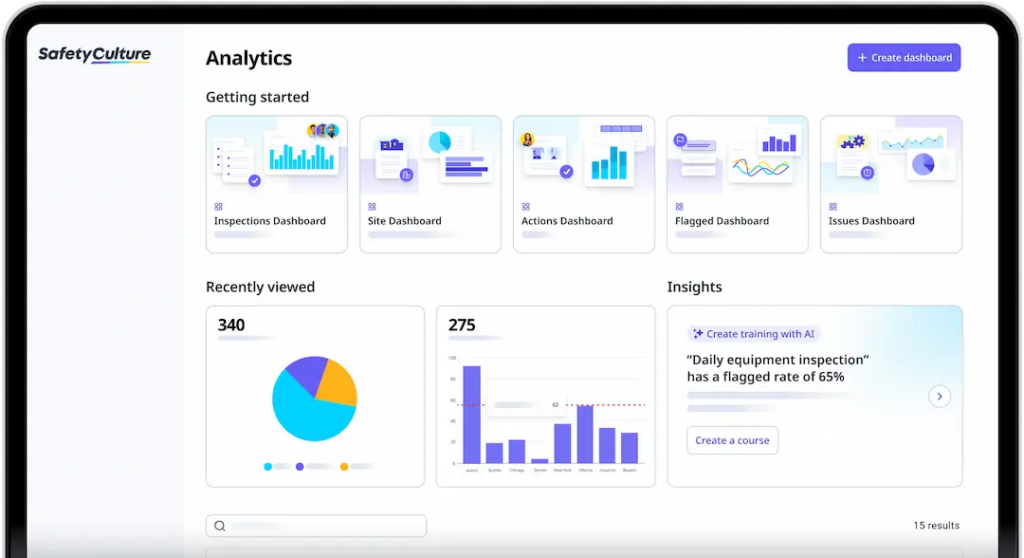
SafetyCulture would allow our team at work to more easily report irregularities or issues as most workers have access to smartphones or computer stations. It would make sharing vital details regarding issues easier as the app has integrated media sharing as well. The most useful feature for us would be the analytics generation as it would allow us to more precisely identify areas in need of attention.
SafetyCulture presents a much more portable and convenient quality assurance tool than traditional paper checklists while also having many social features to make communication quicker between teammates. Company-wide use of the application would be most effective as it would allow for collaboration between different departments and a better overview of the state of the different everyday processes.
Slack
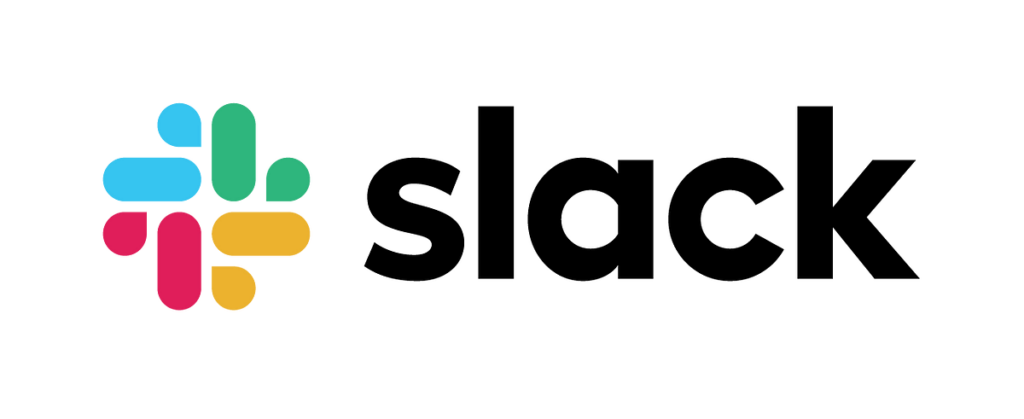
Slack is a communication platform with multiple built-in management and project development tools (Slack, 2019). It mostly focuses on making internal communication and inter-departmental collaboration more efficient.

At our workplace, slack has more potential outside the laboratories and more among the specialists and department heads as they need to share time-sensitive information with multiple people more often than average lab technicians. The possibility to integrate other work tools with slack and create shared documents like in Google Docs, makes it a potentially useful tool for development projects. In my opinion, it is rather similar to the Discord app when it comes to social aspects and file sharing, just more project-centered than communication-centered.
DeepL
DeepL is an AI-based translation service and writing assistant (DeepL, 2024). It allows for translation in 33 languages including Estonian and Finnish and writing help in 4 languages. The free version is adequate enough for everyday needs.
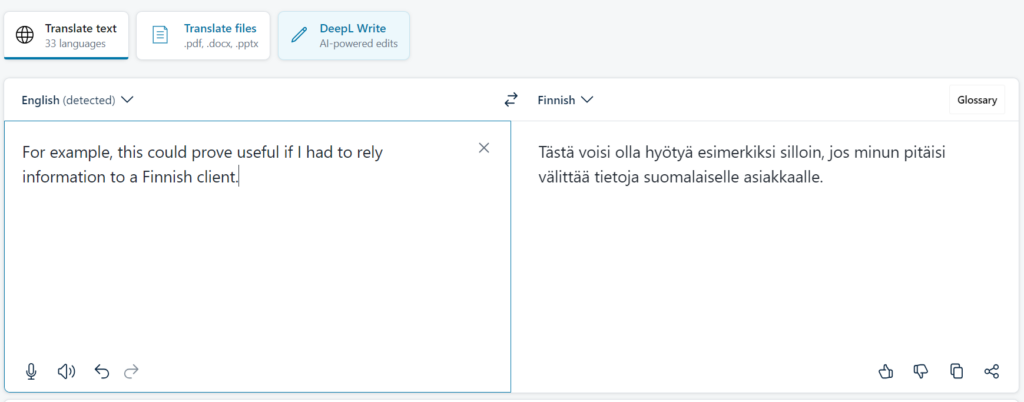
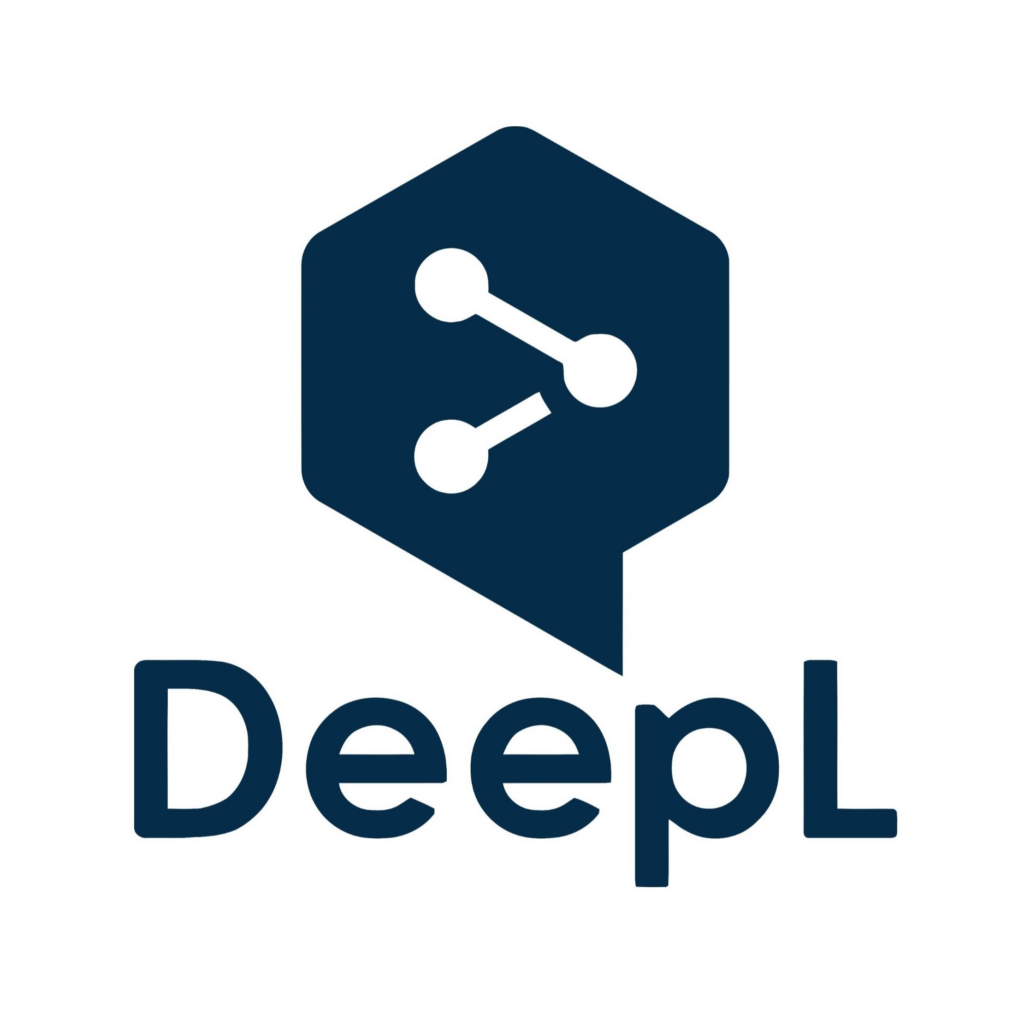
Considering that Estonian nor English is the first language for half of the team in my department, having a quality tool to translate supplier-provided manuals or non-Estonian information attached to a sample order is essential. This is one of the applications introduced in this list that I could see being instantly used at my workplace as it is simple and easily accessible so even people with lower digital skills can integrate it into their work.
Asana
Asana is a work management platform that focuses heavily on project management, work capacity planning, and roadmapping company plans and goals (Asana, 2019).
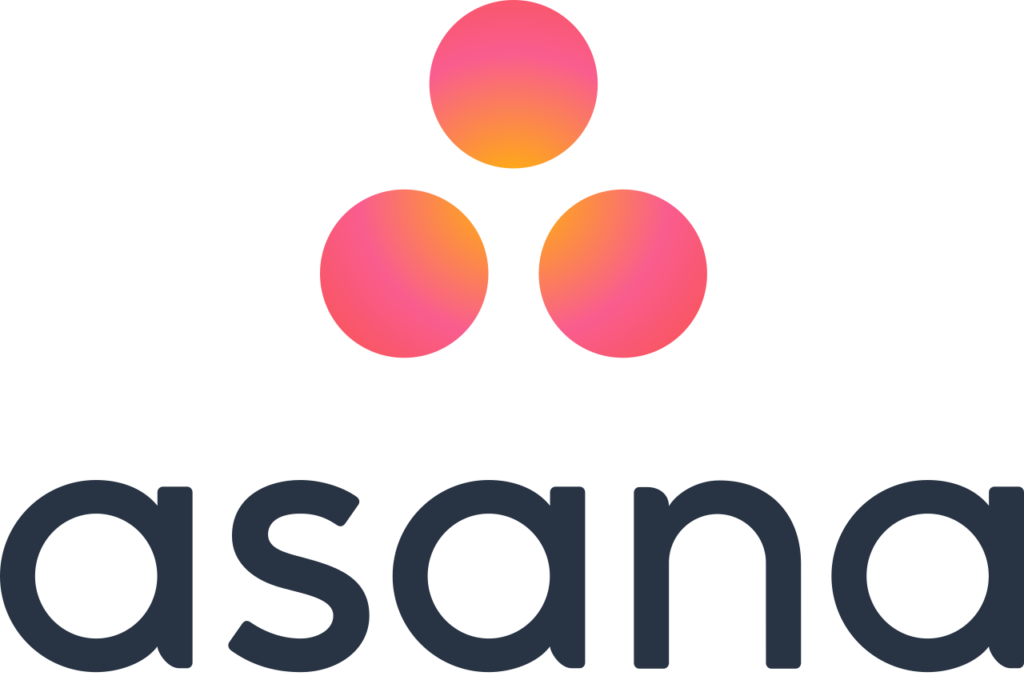

It provides useful tools for development teams, helping them keep track of priorities and deadlines. Asana features AI solutions and automation options to help users make more efficient workflows and decisions. However, the work resource handling capability seems the most useful so far as it would allow teams to see how to best utilize their members to achieve more important goals.
Just as with slack, I feel Asana is more suitable for upper-level teams than in the laboratory, but it could prove useful for machine park remodeling and workflow reconfigurations in the lab.
Todoist
Todoist is a task management application focusing on making intuitive checklists (Todoist, 2024). It offers multiple features to make generating to-do lists easier and quicker while also providing integration with many other commonly used applications and services.
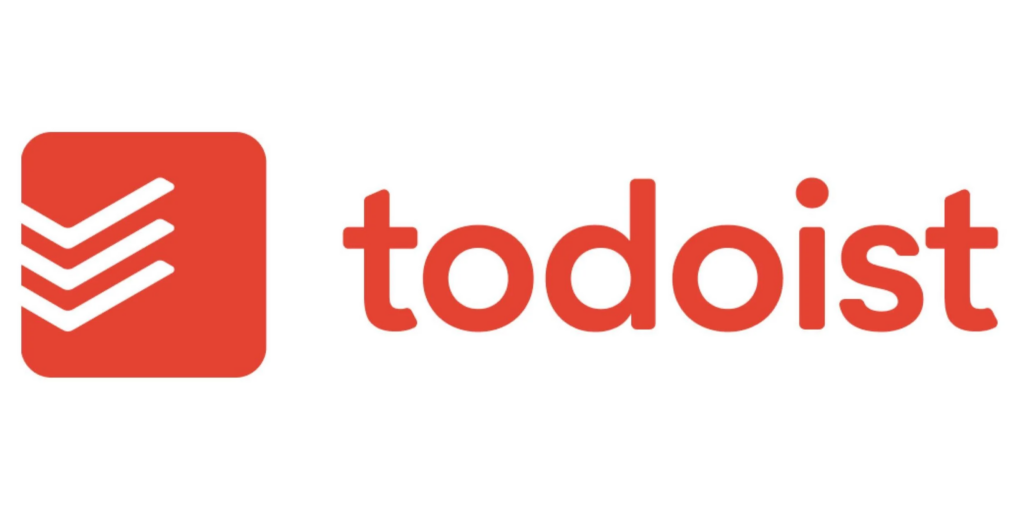

Todoist could provide a tool to replace some of our more traditional paper checklists as the application’s checklists can be shared with teams. The sleek design seems to be easy enough to use and learn. As a downside, I don’t think it provides enough of an overview of all the past checklists and doesn’t entail any statistical tools. Nonetheless, it is an intriguing tool that individual employees might find useful in coordinating their own workdays.
The secret to the successful use of digital applications
When introducing new applications to a workplace it is crucial to consider the future users. Their technical skill, enthusiasm, language levels, and physical capabilities will differ, and any new application should be evaluated against those factors. As such, making sure the application is designed to be easy to use and accessible is vital.
Secondly, knowing what features a team is going to use with an application is also needed as sometimes certain groups will only use a part of the program’s functions and will need help with the rest.
Proper training and clear instructive manuals are essential when integrating a new digital solution into preexisting workflows. After training, it is useful to check how employees have accepted and mastered the application as people might not know how to report problems if they can’t identify them as such.
Having technical support available for the application is important just as employees being aware of how to contact technical support is important. Guidelines on how to solve basic problems or how to report issues to support services will help people accept new digital solutions.
Self-reflection
Throughout this assignment, I got to familiarize myself with many new digital tools available on the market. Some of them could benefit me in my working life or even with studies and school projects.
Similarly to the previous assignments, this one provided me with an opportunity to deeply think about different everyday aspects of digital life. The positives and negatives of social media usage highlight how important it is to develop certain skills to properly interact with modern digital society.
References:
Asana (2019). Asana. [online] Asana. Available at: https://asana.com.
Braddock, J., Heide, S. and Spaniardi, A. (2023). Introduction to the Virtual World: Pros and Cons of Social Media. Springer eBooks, pp.31–48. doi:https://doi.org/10.1007/978-3-031-24804-7_3.
DeepL (2024). DeepL Translator. [online] Deepl.com. Available at: https://www.deepl.com/en/translator.
Keum, B.T., Wang, Y.-W., Callaway, J., Abebe, I., Cruz, T. and O’Connor, S. (2022). Benefits and harms of social media use: A latent profile analysis of emerging adults. Current Psychology, [online] 42(27). doi:https://doi.org/10.1007/s12144-022-03473-5.
SafetyCulture (2024). Easy Inspection Solution – Get Started for Free. [online] SafetyCulture. Available at: https://safetyculture.com.
Slack (2019). Where work happens. [online] Slack. Available at: https://slack.com.
Todoist (2024). Todoist: The to do list to organize work & life. [online] Todoist. Available at: https://todoist.com/home.
UC Davis Health (2024). Social media’s impact on our mental health and tips to use it safely. [online] UC Davis Health. Available at: https://health.ucdavis.edu/blog/cultivating-health/social-medias-impact-our-mental-health-and-tips-to-use-it-safely/2024/05.
Vaingankar, J.A. (2022). Social Media–Driven Routes to Positive Mental Health Among Youth: Qualitative Enquiry and Concept Mapping Study. JMIR Pediatrics and Parenting, [online] 5(1), pp.1–14. doi:https://doi.org/10.2196/32758.